
All categories
Featured selections
Trade Assurance
Buyer Central
Help Center
Get the app
Become a supplier

(3436 products available)


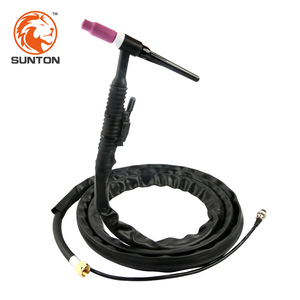



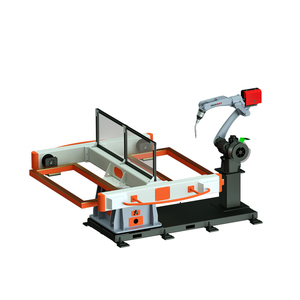


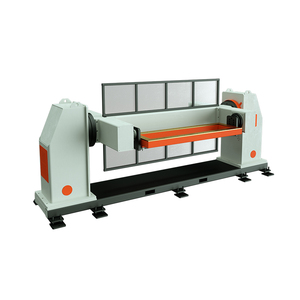

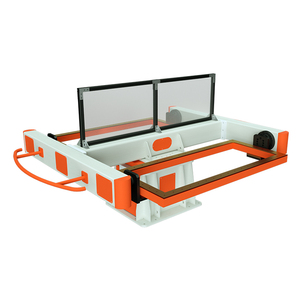


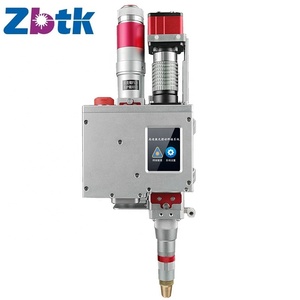
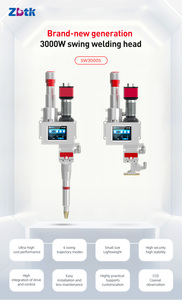
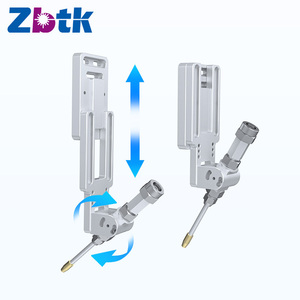
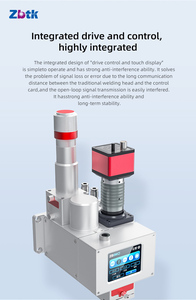





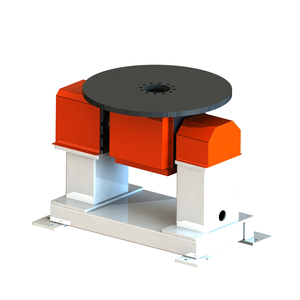
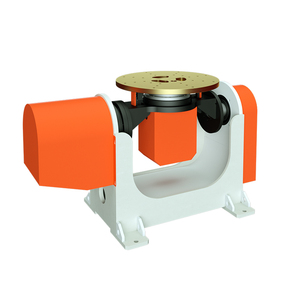









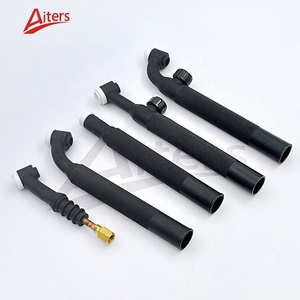
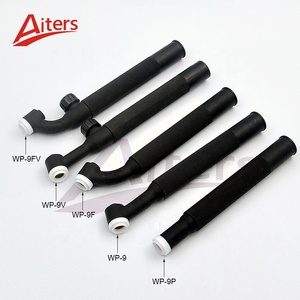


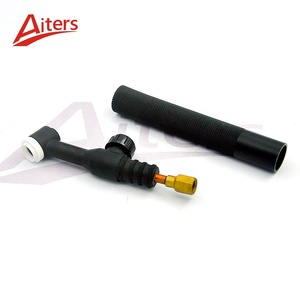
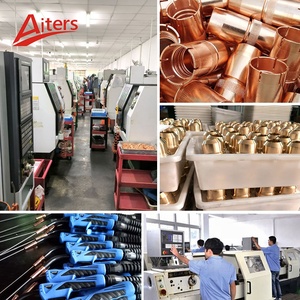






Suppliers offer these types of tig guns for sale in bulk to buyers in large quantities.
This tig gun is directly related to the movement it can deliver to the welder. There are various types of these guns, such as manual and automatic. In automatic guns, the welder will not provide the motion as the machine will do it for the expected outcome. On the other hand, manual guns will need the welder's hand movements to ensure the welding goes smoothly.
A good example of a moveable tig gun is the one that welds in corners or at an angle. These guns are known to be so compact that one can carry them to any job site. They can also be pushed; some are fit over a weld bead and pulled along by hand. Large ones can be motorized to follow a more complex weld path automatically.
Like the TIG machines, desktop guns are put on a workstation so that all the welding is done from that one point. These guns tend to be small, meaning they can't handle large objects, and are more suitable for detailed work like jewelry or small machine parts. The advantage of a desktop model is that the steady hands required for fine welding are easier to achieve on a flat surface.
These guns are mounted on industrial robots in most automated production lines. These guns have been designed to be very robust since they will be used in a highly productive environment. They often come fitted with special sensors that can detect whether the weld is in the right position or not, thus allowing for correction. Without these interfaces, a separate machine vision system would have to be integrated to get informative feedback.
Certain guns, for instance, pulsing welders or those to be used in places with a lot of heat or will be pressure washed. These are not necessarily special guns but may have some necessary changes to how the regular guns are made. For instance, a gun with a pulse function will allow welding that does not melt the materials too much, improving the metal joint's strength.
Although most of these guns are aimed at the industry, they are starting to find their way into places like workshops or factories where automation comes in handy.
The durability of the tungsten inert gas welding gun is highly influenced by the materials used to build it. TIG welding guns are made using several materials due to the extensive applications and industries in which they are used.
Stainless steel is commonly used due to its resistance to rust and would be perfect for long-term use. High-quality stainless steel is used for the body or barrel because it is strong yet can be welded easily with other steel for repairs.
These guns are also stainless steel. Often used for their lightweight properties, which would be ideal for easy handling and movement. For instance, if you're doing manual welding, weight matters, as the gun has to be as light as possible to be used for a long time. Aluminum alloys would be that extra strength, so it's not too easy to bend or break.
Copper is frequently used for electrodes and welding tips because of its ability to conduct electricity. Copper alloys are used to strengthen typically more fragile portions such as tips and electrodes.
These provide insulation and help with components that need to resist high temperatures. Plastics will not wear out from welding, so they are ideal for the trigger assembly or gun handles, as the parts are less likely to overheat.
Protective coatings, such as chrome or titanium nitride, are often applied to gun components to enhance durability. These coatings provide resistance against wear, corrosion, and, more importantly, damage from the weld arc or hot metal.
All of these materials are used to ensure the parts can withstand the heat and pressure of continuous use.
Several industries and scenarios use TIG welding guns for commercial purposes, thanks to their precision and versatility.
In the automotive industry, tungsten inert gas guns are employed for welding critical components such as exhaust systems and chassis reinforcement. The ability to weld thin and thick metals makes it ideal for a variety of applications ranging from bodywork to engine components. This kind of welding was first used in the automotive industry in the 1950s because there was a need for strong welds and less distortion on the panels, which would affect the overall performance of the car.
Though aerospace is a very demanding field, it would still opt to use TIG welding guns. Aerospace components are made from thin but strong alloys such as titanium for weight and durability. There is no other welding method that is better than this one for such materials since it can produce clean quality welds without sacrificing the material strength.
Since this welding is preferred by constructors for the quality of joints formed, these guns are used in structures made from stainless steel and aluminum. One industry that uses These guns are places that construct pressure vessels such as tanks or boilers. Their ability to penetrate deeply while still fusing the surface means they are safe to use on heavy industrial pieces that withstand high pressures and temperatures.
Inpspired by the move towards cleaner energy, these welding guns are now used for joining pipes carrying non-fossil fuels such as hydrogen or biogas. Their inert gas buffer zone makes them useful for welding pipe joints where solidified metal deposits, known as "slag," are just as troublesome as arc welding. This application interest has only come about recently with the onset of new energy projects worldwide.
These welding guns are used to weld artistic structures and high-end jewelry. They are good where intricacy counts because they can make fine welds without spoiling the finish of the metal. People prefer welders who can work with this type of gun because the results are clean and aesthetically pleasing, which is bad for the artists.
In short, the tungsten inert gas weld gun is used in more than one industry due to its ability to precisely and cleanly weld various materials. This versatility and precision have made it a go-to tool across multiple industries, from automotive and aerospace to construction, pipeline work, and even art.
Selecting the right welding product will require the buyer to consider several factors. Here are some guidelines for choosing welding tools.
The thickness of the materials to be welded must be taken into account when choosing guns. If the materials are thicker, it will require a gun with a higher amperage to achieve better results.
These guns are either air or water-cooled. Air-cooled guns were designed to weld in areas with normal conditions, such as workshops. Water-cooled guns are more appropriate for heavy-duty jobs. They can be expensive as they are normally used in larger industries with demand for production.
Guns have a great difference in terms of electrode size, but one must choose a gun that matches the electrode size for the welds to look uniform. Smaller electrodes require less amp and smaller diameter rods, while larger tungsten rods need larger diameter guns and greater amperage.
The duty cycle shows how long the welder can operate before needing a break. More demanding activities need a gun with increased duty cycles to ensure that they don't overheat and become useless during production. Again, that is why water-cooled guns are suitable for heavy welding; they help in cooling the gun off effectively.
There are two main types of guns when it comes to controlling electric current: fixed current guns, which have a set electric current that cannot be changed, and variable current guns, which allow the electric current to be adjusted as needed. A variable electric current is more appropriate because it enables one to change the electric current according to the fluctuations in the thickness of the material and the type of metal.
Welders used in certain environments will have additional features that increase their ability to work in that particular environment. For instance, guns that will be used outdoors will need extra protection from the weather.
A1: Automotive attracted by the strong demand placed on them. Aerospace engineering, which requires high strength-to-weight ratio and excellent corrosion resistance. Manufacturing, which needs clean joints for strong structural assembly. Construction and pipeline industry of pressure vessels and pipelines.
A2: The collet body and collet are other areas where wear is clearly seen due to the repeated gripping of tungsten. The swan neck also experiences wear and tear during operation. In this case, the swan neck is the part of the gun where the weld arc takes place.
A3: Look for guns made of this alloy steel, although some high-grade ones may be coated with copper. After that, make sure they have an insulated grip to help prevent welding of the operator's hands.
A4: Yes, that is why that part is easily removable, so they can be replaced without necessarily going for a new gun. It also comes down to the model because some guns may require that the entire product be thrown away once a component wears out.
A5: An auto Tig welding gun can't be used for other types of weld because it's designed to handle thin metals. Other welding guns could be used for massive structures like buildings, ships, or airplane frames.